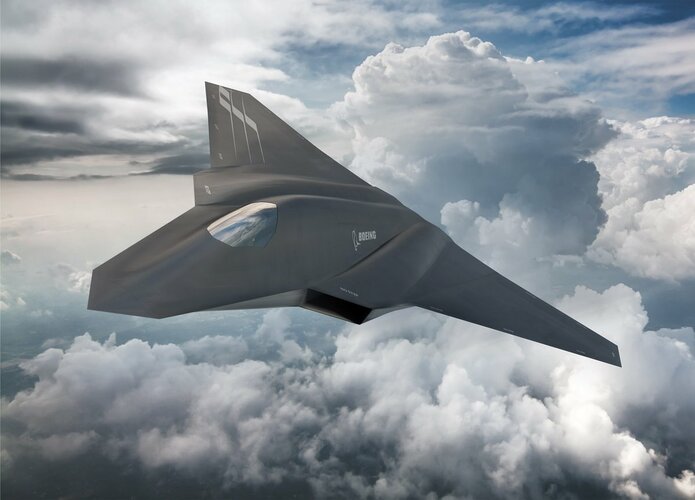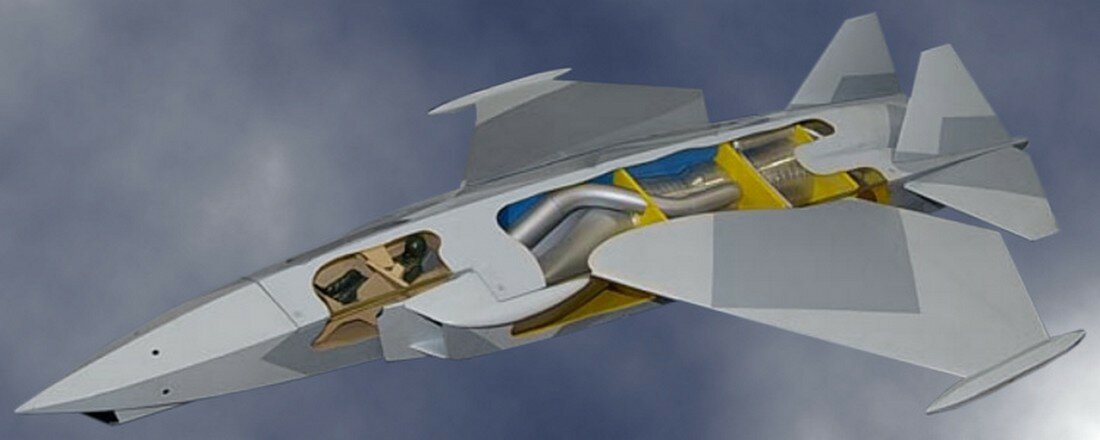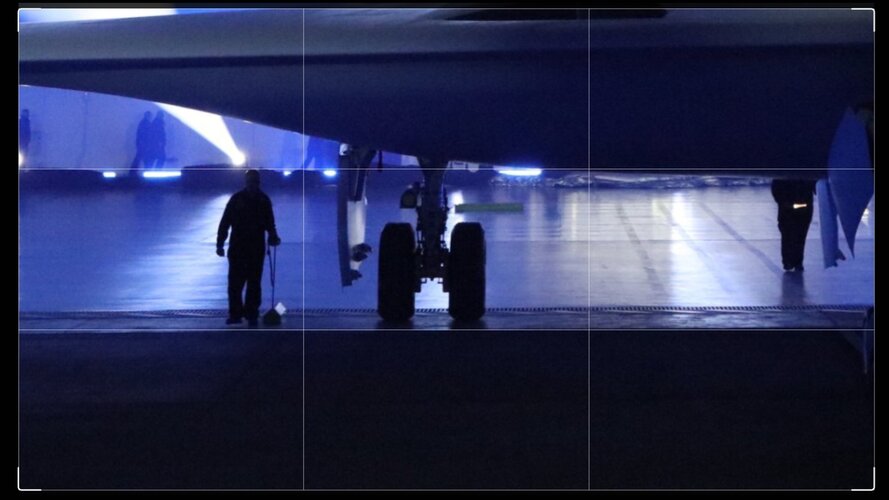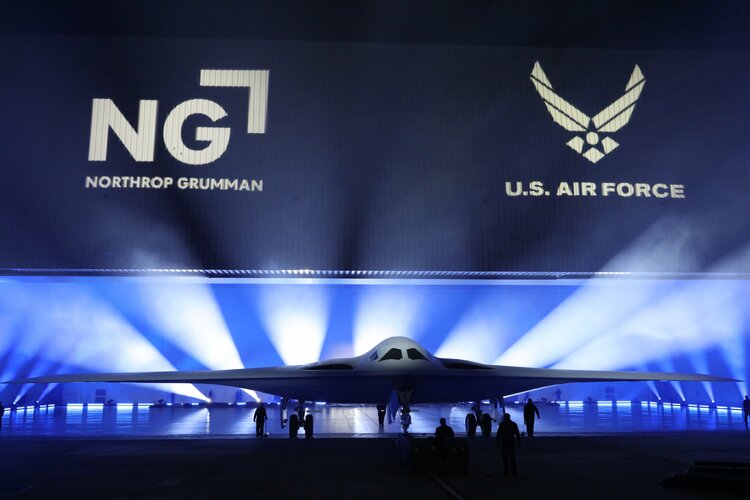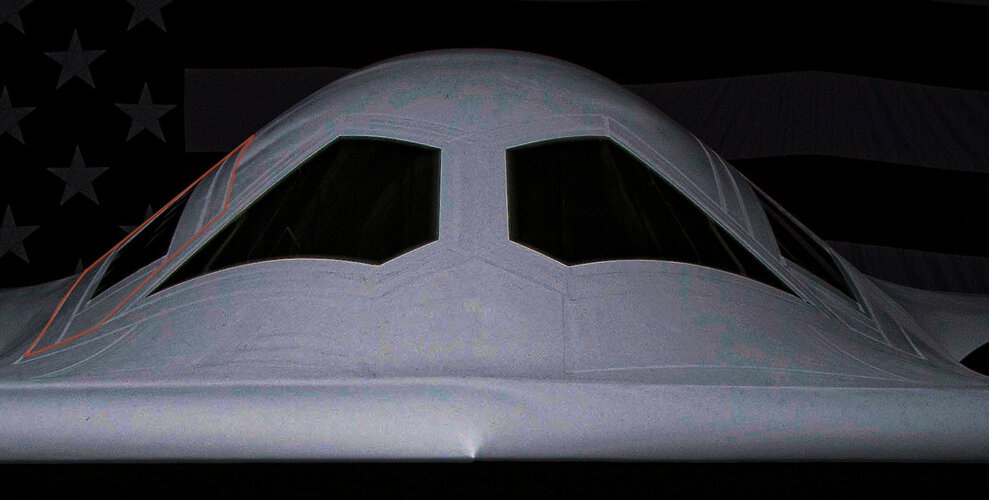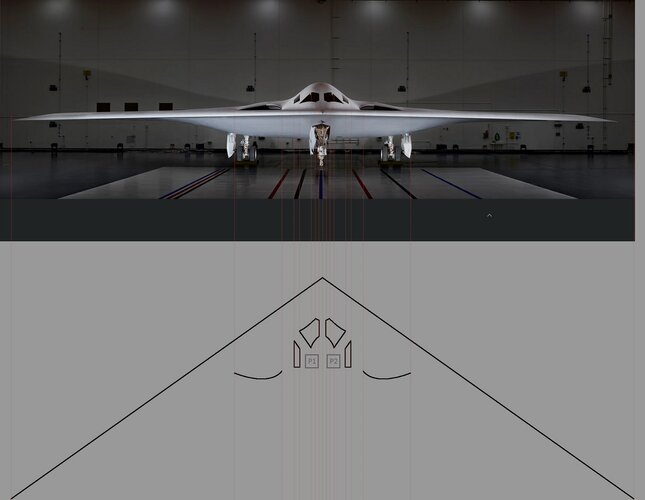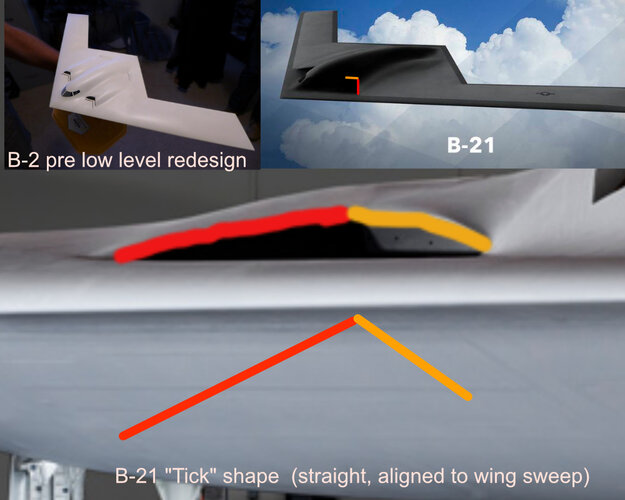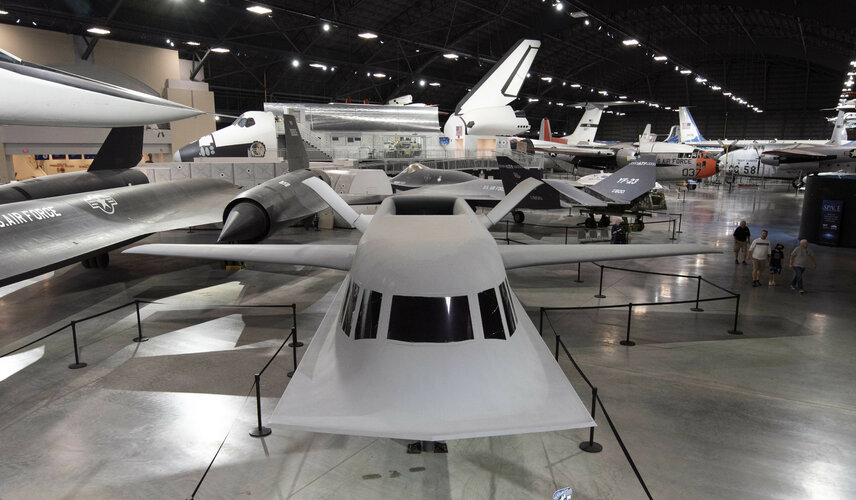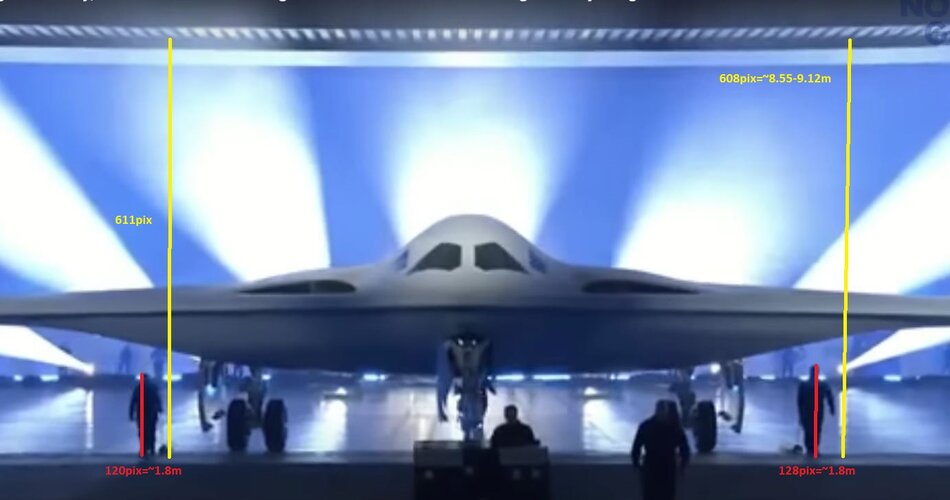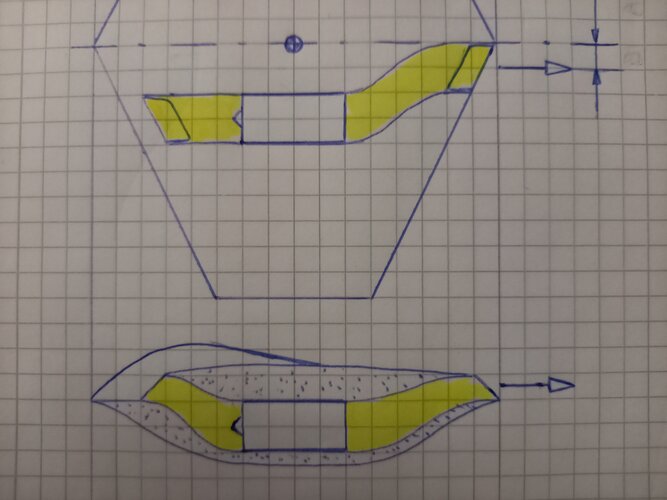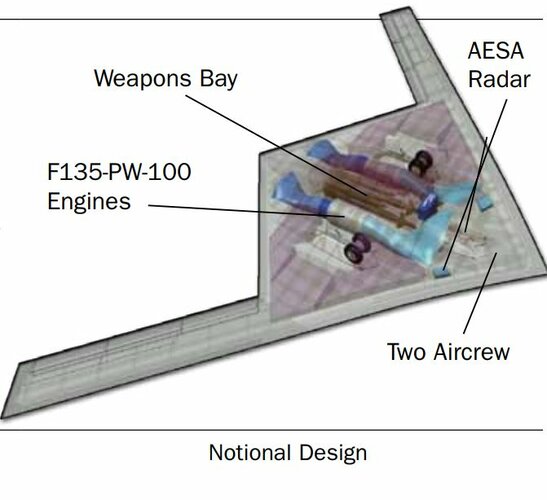Rhinocrates
ACCESS: Top Secret
- Joined
- 26 September 2006
- Messages
- 2,975
- Reaction score
- 7,528
Just to further complicate things, maybe it's anti-flash (that is, nuclear flash). The British V-bombers were painted white in their early years and the Tu-160 still is.I think it depends on a combination of altitude, airspeed and flight duration in conjunction with structural as well as thermal protection materials and concepts, but your point is very well taken regardless. The alternating black, white and pink X-15 paint schemes come readily to mind.Does white paint point to anything? Perhaps operating altitude?
Then again, one can sometimes read about U-2 and rq180 being black and white, respectively, because of their high altitude mission. Which Is a bit conflicting. I mean, which one is it? Is it better to be painted white or black at very high altitude?
Anecdote or pisstake, I'm not sure, but I remember watching a documentary on the Vulcan and a former pilot said that they were issued with eye patches. They'd wear it over one eye, and when they were blinded by a nuclear explosion, they'd switch the patch over to the blind eye. I'm guessing extraction of urine, but maybe...
Anyway, with lasers being seriously planned, a reflective or ablative coating might be used (and maybe the 'chrome' finish seen on some planes) is as much an anti-laser as anti-IR detection technology.
However, we shouldn't jump to conclusions too soon - this is the first reveal of the first aircraft and they aren't willing to show off everything right away - after all, we still don't know how many engines it has. Matt white or light grey gives away little detail.
The geometry of the windows is more certain. My guess that it is a compromise between the absolute maximum the designers would allow and the absolute minimum the pilots would tolerate. The windshield is just enough for takeoff and landing and approach for midair refuelling while the side slits give a reassuring view of the leading edge and inlets. Synthetic vision takes care of the rest. A transparent material is probably less likely to be optimally stealthy, so the smaller the area the better, and the less likely the pilots are to be dazzled or blinded by lasers.
This Boeing NGAD concept from a few years back has a surprisingly small transparency for a fighter and I suspect that it's only there for landing if many of the synthetic visions systems are knocked out while the BAE Systems P.125 concept has no direct outside vision for the pilot at all. It's the logical continuation of a trend - the flat centre panes and circular-section canopies designed to minimise distortion were seen in for the last time in the MiG-25, Tornado, and F-14, then the centre panes went in the F-15, Su-25 and Eurofighter, and then we saw the blended blisters of the F-22, F-35, and Su-57. Smaller transparencies look inevitable.
Attachments
Last edited:

